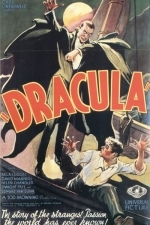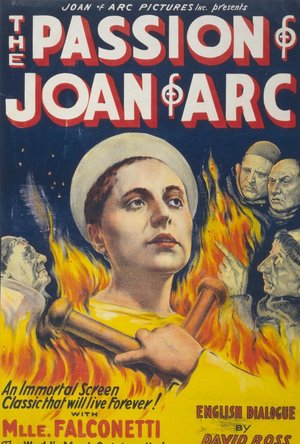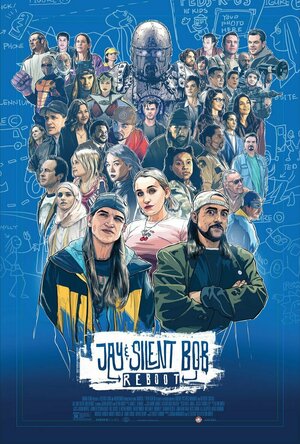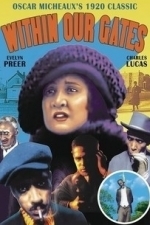RəX Regent (349 KP) rated Dracula (English) (1931) in Movies
Mar 7, 2019
Tod Browning was a man who would unfortunately find little success in the sound era, but not necessarily because he couldn't move with the times, but because his career was derailed a couple of years later by his disturbing horror pic, Freaks.
Dracula was shot THREE times. One, this one, was the conventional sound version that we all know. An other was shot at night and in Spanish for the benefit of that audience, which the studio supposedly preferred. This was quite common at this time, but little known nowadays. And the third was a straight forward silent version for the many theatres still un-equipped to handle sound.
But the styles of the silent era are all over this film. From the long silent reactions shots and the over acting, especially by Bela Lagosi in the titular role. This was also the adaptation of the stage adaptation of Bram Stoker's chiller, and was faithfully adapted from that source, hence the lack of more complex special effects, with bats on strings and fog machines, over more cinematic effects.
The transformation scenes for example, where the Count morphs from a bat to the undead human occur off-screen, rather than some form of cross fade etc. Is this a choice driven by lack of money? Lack of cinematic ambition of a choice to stick to the stage material? To be honest, I have too little knowledge or experience of Tod Browning's work to suggest a reason, but when all's said and done, it did work.
Let's be honest, this is 80 years old and is not the least bit scary and it is hard not to laugh, but in context, I'm sure it worked well at the time and the story is well conveyed. Lagosi's undead performance is hammy by today's standards but he was somewhat likable. He was very deliberate, slow and the silent era has certainly left its scars, as the subtly of sound performing was yet to take hold.
But this is the sort of film were silent melodramatic acting still worked. This is of course a piece Gothic Horror, the home of melodrama if ever there was one. This is surly a product of its time, both as the industry went through one of it's most dramatic changes, which ended so many careers as well a created so many new ones, but it's also, let's not forget, the first direct adaptation of Bram Stoker's book, besides the 1922 German version, Nosferatu, which changes a fair few details to try to get around the copyright, failing to do so mind, resulting in failed bid to have every copy of the film destroyed.
This is the film that ingrained the image of the Dracula that we know today into popular culture. This was were the Universal horror franchise began. For whatever faults it has by today's standards, it did something right.
International Noir
R. Barton Palmer and Homer B Pettey
Book
Following World War II, film noir became the dominant cinematic expression of Cold War angst,...
RəX Regent (349 KP) rated The Passion of Joan of Arc (1928) in Movies
Feb 19, 2019
The notion is that silent movies where almost amateurish is style, a three decade long film school to keep up occupied until the Talkies turned up and “film” as we know it, was born. This is wrong. Film is visual medium, Movies, moving pictures, all of which were accompanied by music by the way, so the term “silent” only really refers to the lack of synchronized sound and dialogue.
ydvjeYet, the core of film is visual. Modern cinema is a about perfecting the mesh of media forms, music, photography, narrative and sound. But without dialogue, silent movies had a challenge on their hands and one which The Passion Of Joan Of Arc, one of the last silent movies of the era, rose to perfectly.
Visually, this could have been made yesterday. A truly timeless blend of artistic and innovative cinematography, fast paced editing and outstanding performances. The Danish director, Carl Theodore Dreyer mastered the close up, naturalistic acting and manages to tell the procedural story of the trial of Joan Of Arc in such a gripping manner that you will forget that there is no spoken dialogue, yet you are literally putting the intertitles in to the mouths of the cast.
Not a single cast member is wasted, with every one pouring their hearts and souls in to the camera in such nuanced ways that it can be left to debate and interpretation as to exactly who is thinking or feeling what as Joan, Maria Falconetti in her third and final film role, steals the screen with her tortured soul and face shown almost entirely in close up.
the-passion-of-joan-of-arc-large-pictureOver acting has given way to strong acting, each shot designed to allow us access to her soul as she, in a plot not to dissimilar from the last hours of Jesus Christ, is torn between torture and certain death of abandoning her faith and spending the rest of her life imprisoned with only bread and water to look forward too.
The script is based on the actually accounts of the future saint’s trial in 1431 but the real events took place over 18 months whilst this either compresses this into one day or takes place on the last one, but the feeling is that this is the one and only trial of Joan so in that sense, theatrical licence has been taken but it hardly matters. The facts are present and the story is harrowing, made more so by an almost perfect production, led by a controversial, almost Kubrickian director, forcing his cast to suffer for their art, yet this version of events is also contested.
joan-of-arc-soundtrackFor everyone out there who believes that Silent movies are just cut to the chase comedies, or overly flamboyant and patronising filler until “real films” are made, this may just serve as wake up call, that films have evolved, but Sound would actually set the industry back in the 1930’s, as the new audio based art form evolved just as movies had up until this point., but Joan Of Arc should help all see that film has always been able to convey anything, from humour to horror; Real of make-believe.
Many believe that this movie is one of the best ever made and I do believe that to be true. An outstanding and forgotten film to all but critics and film buffs, one which everyone should see.
VERSION
The version which I watched was The Criterion Edition of the 1985 restoration of Dreyer’s “Lost” original cut. The music to this film was never deemed to be that important so there are several compositions which have been attached to the film over the years.
The “Lo Duca” cut, which was the a 61 minute version (1951) doing the rounds for years after the original cut was lost in a fire soon after the film’s release, was cut together by Joseph-Marie Lo Duca after discovering a negative in a vault. This version, as well as the “Director’s Cut” are both available on the Blu-ray, whilst it appeared that the 1985 restoration (Director’s Cut) is more widely available on DVD.
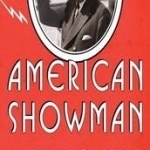
American Showman: Samuel Roxy Rothafel and the Birth of the Entertainment Industry, 1908-1935
Book
Samuel "Roxy" Rothafel (1882-1936) built an influential and prolific career as film exhibitor, stage...
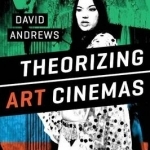
Theorizing Art Cinemas: Foreign, Cult, Avant-Garde, and Beyond
Book
The term "art cinema" has been applied to many cinematic projects, including the film d'art...
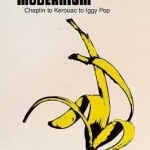
Slapstick Modernism: Chaplin to Kerouac to Iggy Pop
Book
Slapstick comedy landed like a pie in the face of twentieth-century culture. Pratfalls and...
Sarah (7800 KP) rated Jay and Silent Bob Reboot (2019) in Movies
Jul 3, 2020
It's been quite some time since I watched the original Jay and Silent Bob, but i remember liking it alongside Dogma and everything else. This sequel has been a long time coming, but it is definitely welcome. Although it does highlight how long ago the original was as everyone now looks so old! I laughed out loud so many times watching this. If there's anything Kevin Smith does brilliantly is a smart, quick witted, intelligent script and this one is full of the quips and pop culture references you'd come to expect. Jason Lee's reboot vs remakes debate is possibly the funniest thing I've seen all year and even better, it's so true - right down to the comeback about Marvel films. As you'd expect as well there's a whole host of famous faces, both returning and new and they're great to see.
My only issue with this is that it dragged in the middle. It got a little too serious and the teenage girls characters and storylines were a little dull and boring, and we've seen this before (Dumb and Dumber Too for instance). But this aside, this is a marvellous fun and feel good film. There needs to be more films like this about.
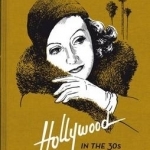
Hollywood in the 30s
Daniel Kothenschulte and Robert Nippoldt
Book
Tinseltown's golden era, illustrated: From Chaplin's last silent films to the colorful Wizard of Oz ...
Jacqueline Stewart recommended Within Our Gates (1920) in Movies (curated)
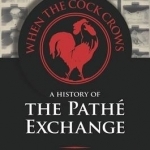
When the Cock Crows: A History of the Pathe Exchange
Book
Influential during Hollywood's silent-film era, the Pathe Exchange was a multinational film company...
